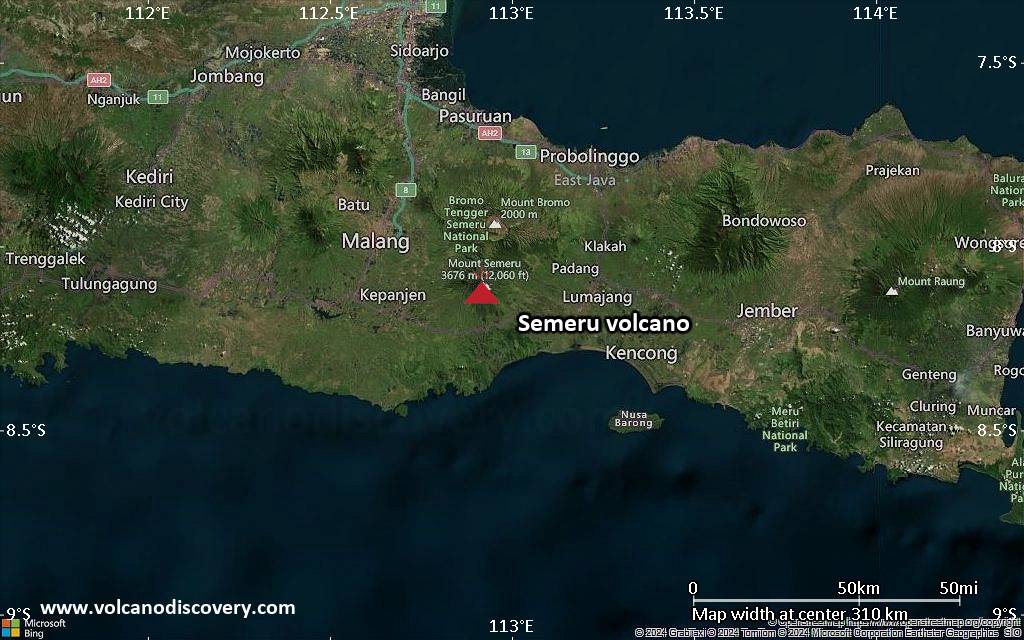RSS feed source: Federal Emergency Management Agency
AUSTIN – After Texas residents apply for FEMA assistance, a home inspection may be necessary to verify damage from the March 26-28 severe storms and flooding.
Homeowners and renters in Cameron, Hidalgo, Starr and Willacy counties can apply for FEMA assistance for losses not covered by insurance for the March storms.
Within 10 days after applying, a FEMA inspector may contact applicants to schedule an appointment. The call or text to schedule an inspection will probably come from an out-of-state phone number.
Information gathered during the inspection is one of several criteria used by FEMA to determine if applicants are approved for federal assistance. If survivors have already made repairs or replaced damaged items, although not required, it may be helpful to have pictures of the damage and receipts for repair or replacement. Applicants should also have their insurance policy available.
The housing inspector will consider:
The structural soundness of the home, both inside and outside.Whether the electrical, gas, heat, plumbing and sewer/septic systems are all in working order.Whether the home is safe to live in and can be entered and exited safely.
All FEMA representatives carry photo identification. Inspectors will never ask for or accept money. Their service is free.
A home inspection may take up to 45 minutes to complete. After the inspection, applicants should allow seven to 10 days for processing. For questions about the status of an application, call
Click this link to continue reading the article on the source website.


